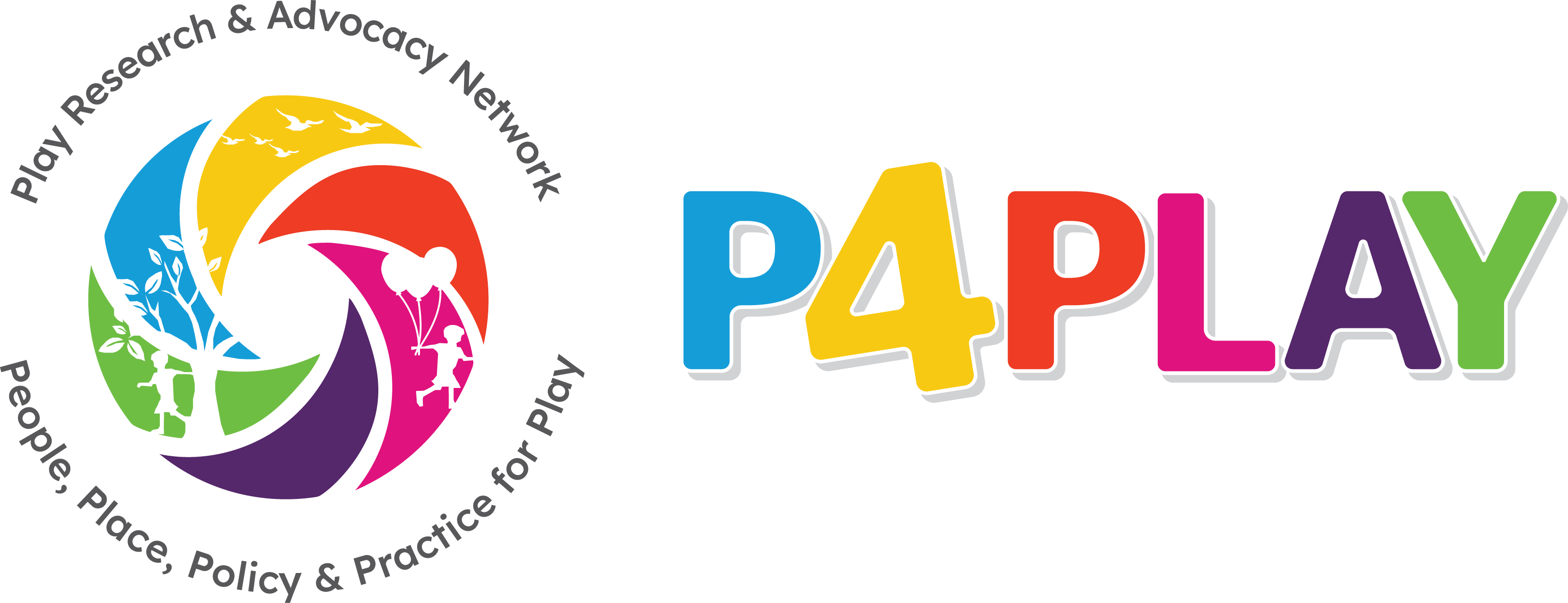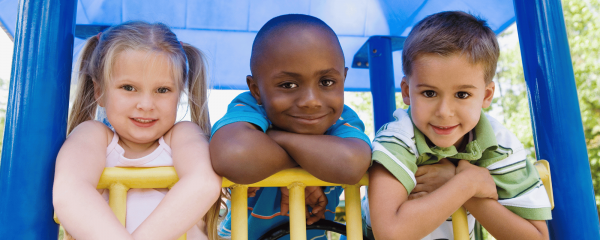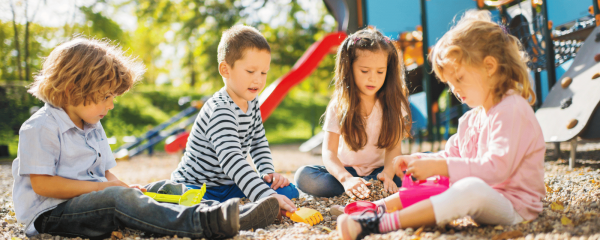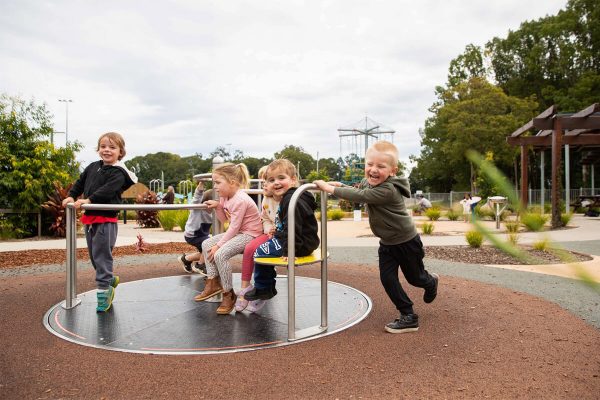Can I Get There?
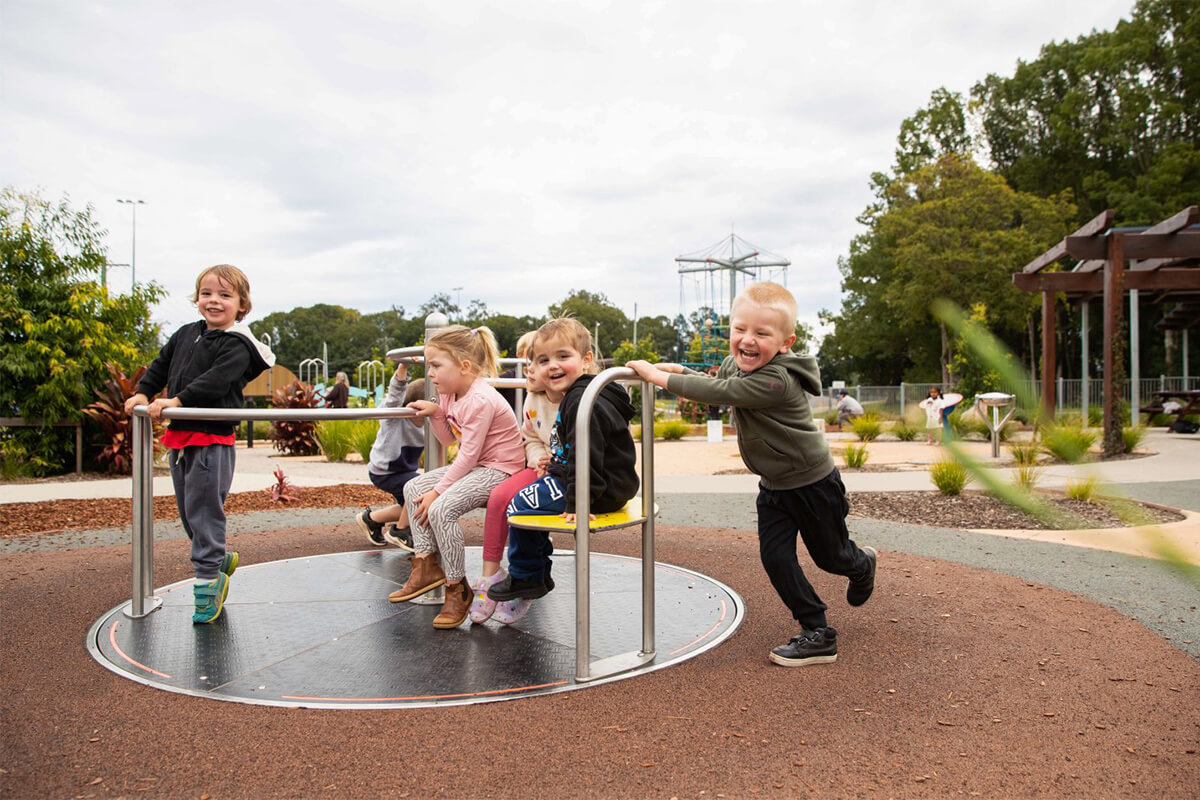
Inclusive Playspaces are places where everyone should feel welcome and are places high in play value where everyone can get around and feel like they belong- a place to play together and socialize. Guided by the Australian Inclusive playspace programme, this section CAN I GET THERE, explores the first steps: how to get to the playspace in the first place!
An important step in auditing or planning for a playground or playspace, is to consider how children and families will get there. For an inclusive playspace, access is about getting there before being able to play there.
Core Principles from the Playability Model that apply include:
- Principle 1: A rights-based perspective, underpinned by inclusive social policy
- Principle 2: Respect for diversity of age, gender, size, ability, socioeconomic, ethnicity and cultural differences
- Principle 3: Intergenerational spaces: Incorporating amenities as well as play opportunities
- Principle 7: Inclusion by design: Universal Design
The most common problems that arise include:
- No place to park nearby specially for families of children who use wheelchairs and need assistance to get to the playspace
- Inaccessible surfacing in the park or playspace: no access to the playspace components once the child gets to the playspace, due to poor planning or lack of level surfacing. Note: a playspace components refers to each item in the playspace such as a swing or slide).
- No way in- the fencing or gateways are inaccessible. Even if there are no fencing, sometimes it is simply a kerb or step that results in no way in (see figures 1 and 2)
- No signage or information about where to go
- No places to sit or gather with the family on the way there or when we arrive there
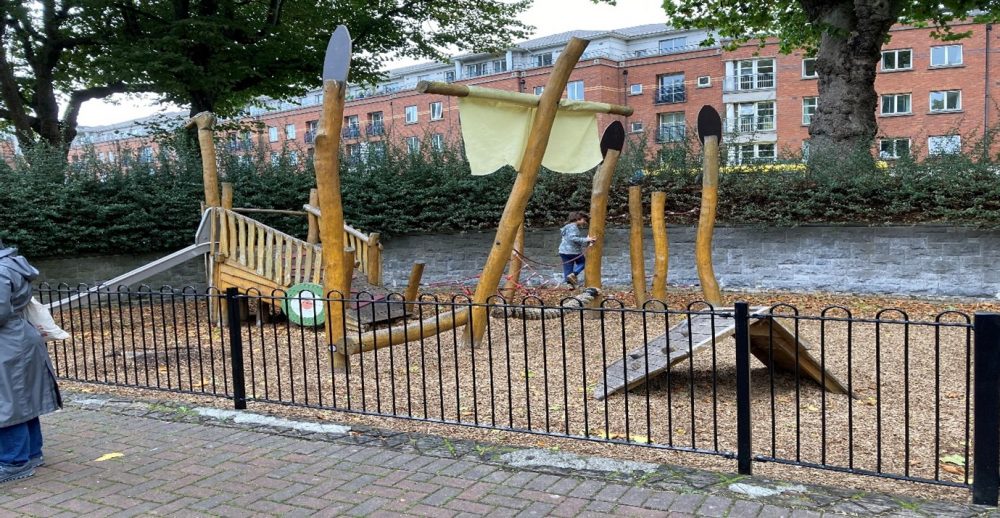
Figure 1: no way in for a wheelchair user, and inaccessible surfacing, pocket playspace, Dublin, Ireland
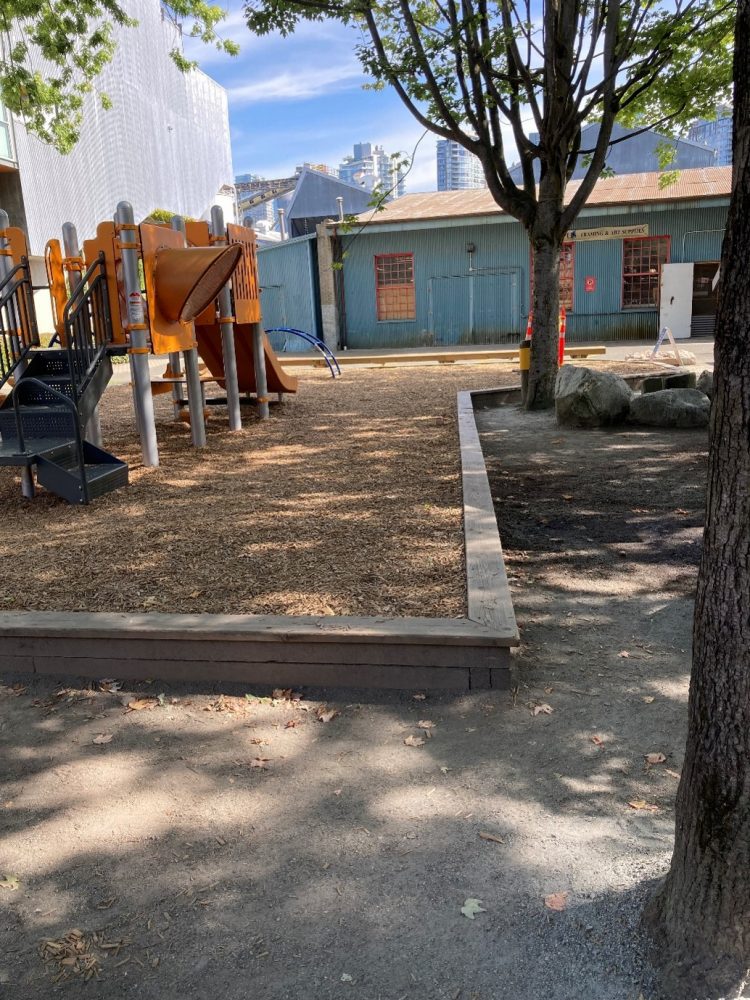
Figure 2: here in Vancouver, Canada, there is no fence but instead the kerb gets in the way and reduces accessibility for wheelchair users
There are a number of things to consider when planning and designing an inclusive playspace, for helping people to get to it in the first place and to make sure they feel welcome:
1. Information about the playspace– how will they find out about the playspace? Think about how information about the playspace will be circulated for the community to access it. Things to include are is there parking there, is there public transport to the location, is there a place to park and lock bikes, are there amenities such as toilets and water?
2. Car parking– consider also the need for accessible parking for families with disability who may need wheelchair access by car (see figure 3).
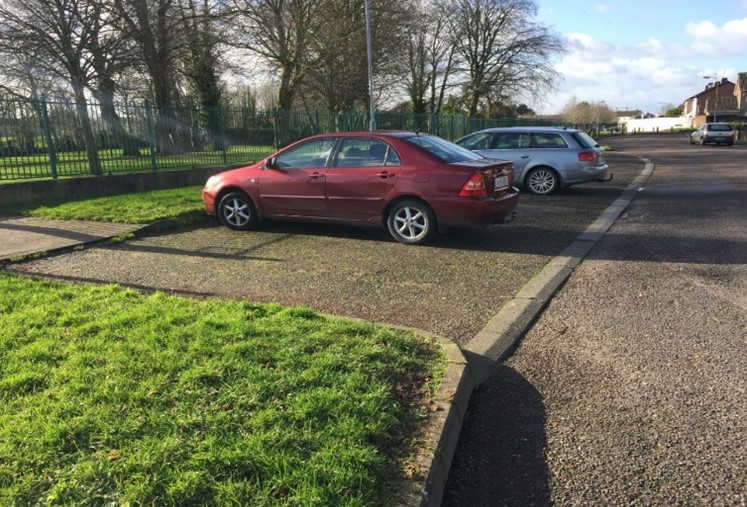
Figure 3: An example of parking options available at Lough Mahon car park, Cork, Ireland for access to the local playground.
3. Signage or maps for navigation – consider also providing a map or visual aid of the layout of the playspace which is set at a height that smaller children can also reach and see (see figures 4 and 5).
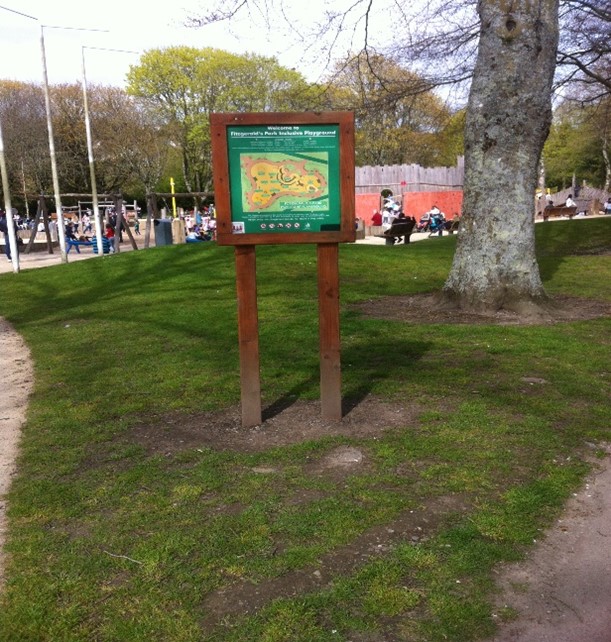
Figure 4: signage is provided in Fitzgerald’s Park playspace Cork, but up high where children may not be able to see it so easily.
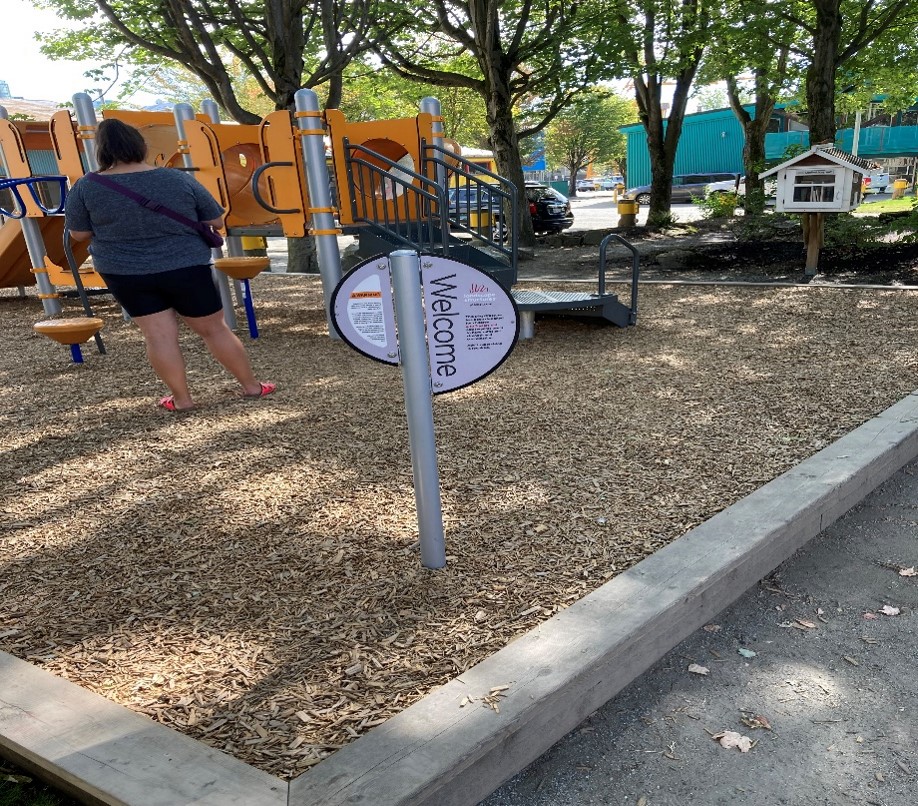
Figure 5: here there is a low-level information and welcome sign (but with the kerb blocking wheelchair access, the playspace may not feel welcome to everyone)
4. Getting from the road to the playspace – gaining access to a playspace usually involves using a gate and or pathway. Consider how accessible the routes are for access- is there a wide level pathway for wheelchair or children’s buggies to access (see figure 6). If the path is too narrow, then children or adults who use mobility aids such as walkers or wheelchairs may not be able to pass by easily. Is the path level and not hindered by for example tree roots causing an uneven surface? Is the edge of the pathway clearly contrasting the other surfaces for those with visual impairments (see figure 7).
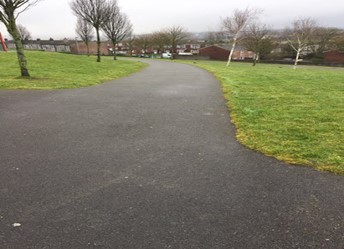
Figure 6: An example of wide ramped paths in Glenamoy Lawn park, Cork, Ireland with good visual contrast between the path and grass verges
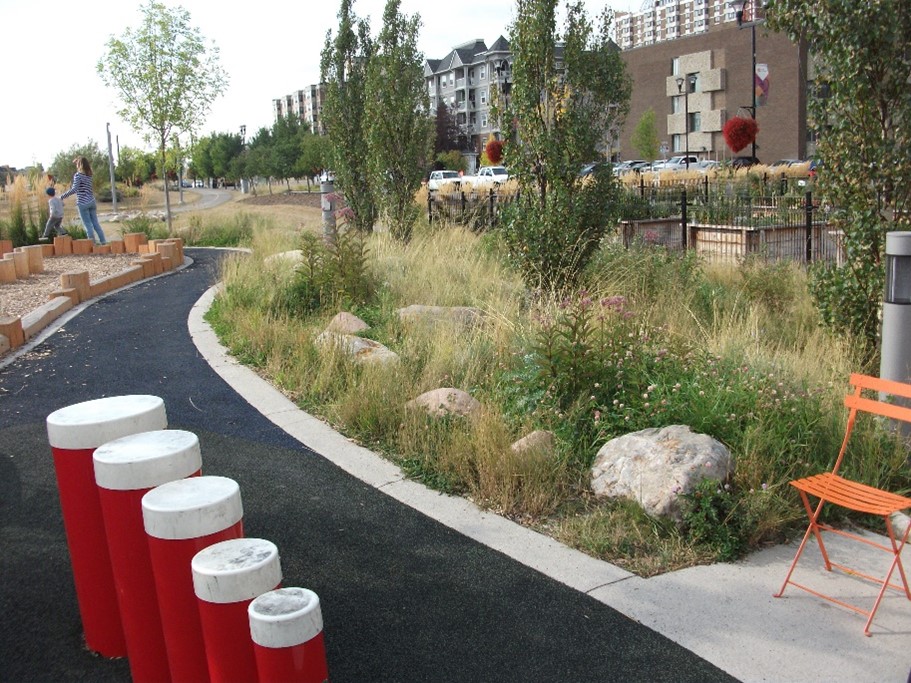
Figure 7: an example of a wide, level surface, strong contrast pathway in a playspace, Calgary.
5. Navigating around the playspace: while a map can help children navigate around the playspace, the pathways or surfaces are most important for supporting this to happen. For children who use wheelchairs or mobility aids, the surfaces need to be level and not consisting of gravel, sand or chip bark, as wheels cannot move across such surfaces. This means that there should be a level pathway to every playspace component (see figures 8 and 9).
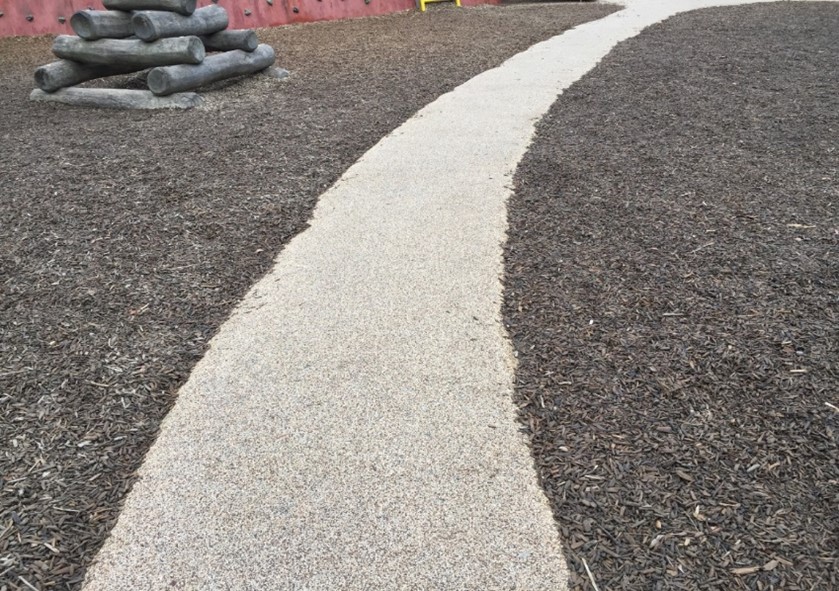
Figure 8: An example of level, solid surface pathways in the playground in Fitzgerald’s Park, Cork – note that this does not lead to the small play component on the left but is leading through the playspace instead. However, it provides better access than the chip bark.
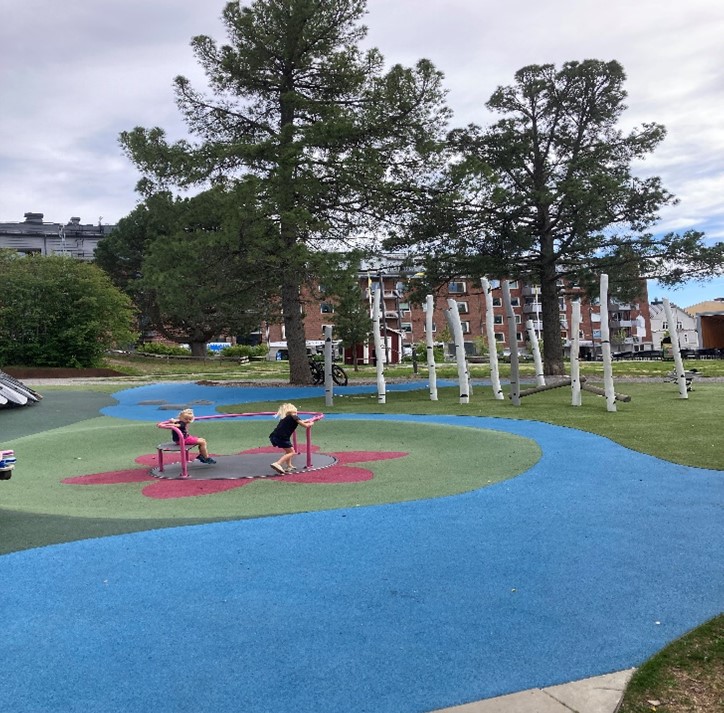
Figure 9: an example of colour contrasting, level surfaces in an open plan playspace in the centre of Lulea, Northern Sweden.
6. Seating, tables and shelter – playspaces are often intergenerational spaces, and therefore need seating and tables to improve accessibility and usability for multiple users and not just children. Benches can be built to maximise comfort, with arm and back-rests for example and with spaces each side for buggies or wheelchairs to be able to park alongside. Benches can have a cut-away section to accommodate wheelchairs to pull in and use the table equal to others (see figures 10 and 11).
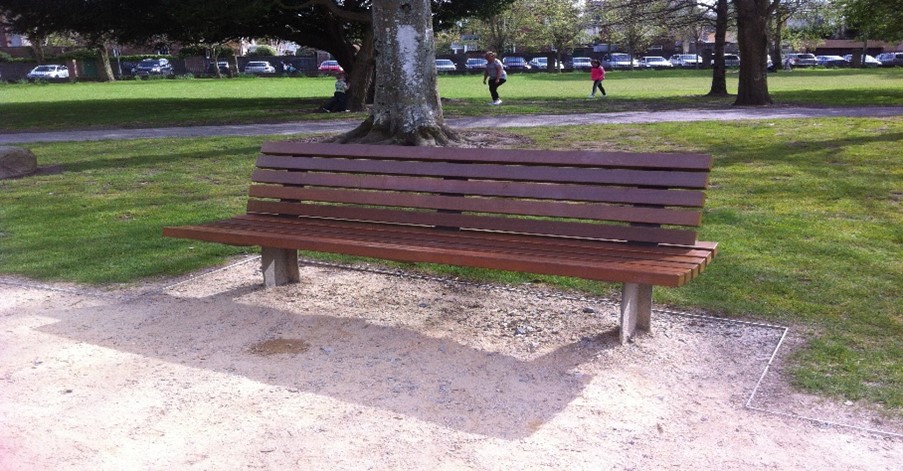
Figure 10: An example of seating option available in Fitzgerald’s Park, Cork, Ireland with no side space for buggies or wheelchairs
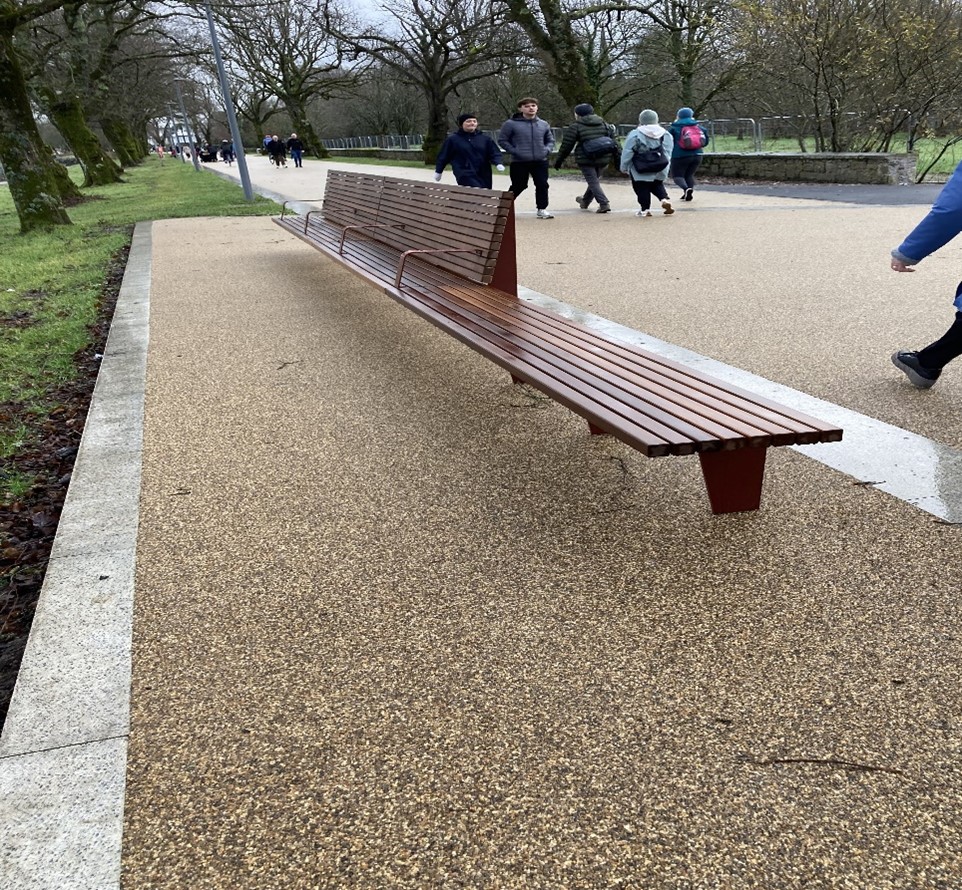
Figure 11: An example of seating options with and without backrest, and with a wide space beside for buggies or wheelchairs too, Cork, Ireland
